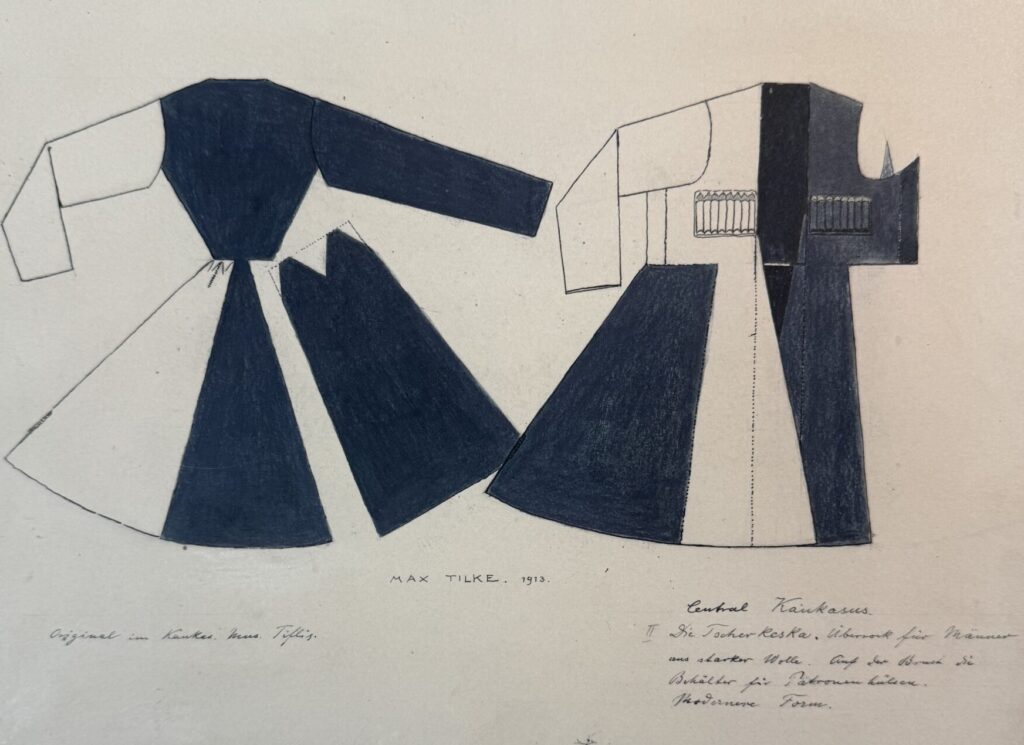with Slavs and Tatars and Hoda El Shakry
Costumes and Collapse is a transnational collaborative research project between academics and artists exploring performance and wearable art practices that reimagine embodied forms of gender, sexuality, race, and ethnicity through a comparative approach to empire. Wearable art—from the moment of imperial collapse to the present—frequently indexes how the textile and fashion industries have been marked by extractive economies that take advantage of conditions of economic precarity while contributing to environmental destruction. We are thus interested in how costumes shape and reimagine moments of social transition and collapse—such as decolonization, the fall of the communism, and ecological collapse. The project turns to costumes and textiles as forms of anti-colonial and queer resistance at the interfaces of materiality, ecology, and affect. Not only are costumes one of the oldest elements of performance, but they are also integral to connecting the artist and the work to the process of worldmaking—that is, to the political and aesthetic project of imagining alternative ways of being and belonging together in time.
The project is inspired by the capacious archive of orientalist costume illustrator, Max Tilke (1869-1942), whose work spanned the period preceding the Bolshevik revolution through the rise of fascism. Tilke was commissioned by both Russian and French imperial ethnographic expeditions to document costumes across the Caucasus and North Africa. Working with ethnographic collections in museums in Germany, Tilke also engaged in larger personal studies of costumes ranging from Ancient Egypt to China, Mongolia, and indigenous clothing in North and South America. Tilke’s interest in costume, which accompanied the rise and fall of empire and authoritarian politics, thus offers a unique visual record of efforts to discipline the body through cultural taxonomy and national identity. Tilke’s vast comparative study, however, simultaneously exposes heterodox conceptions of dress and self-fashioning. Informed by their experience as a trans person performing in cabarets in Berlin and Paris at the turn of the century, Tilke’s work also invites queer entanglements. In a contrapuntal mode—writing back to patriarchal and orientalist images of the “East”—it intervenes in the orientalist legacy by reimagining costumes as active sites of heterodox resistance through masking, disguise, and subversion.
Follow Costumes and Collapse on Instagram
A Screening and Conversation with Nick Cave, with a Performance by CHAOS | Logan Center at UChicago, April 2024
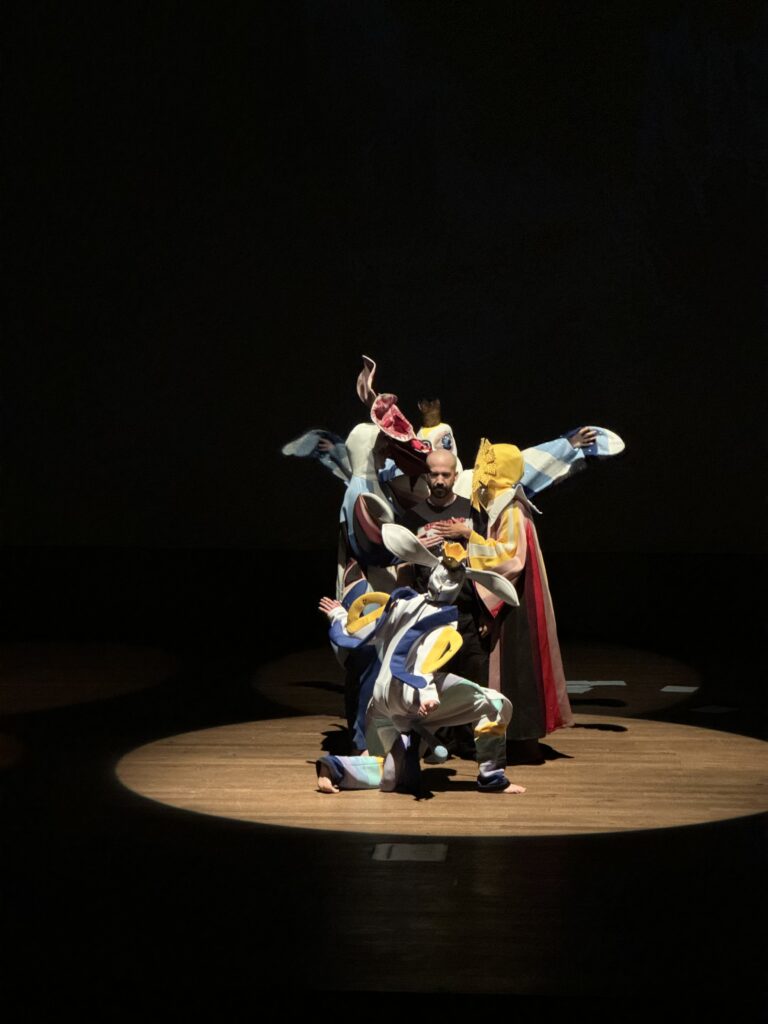
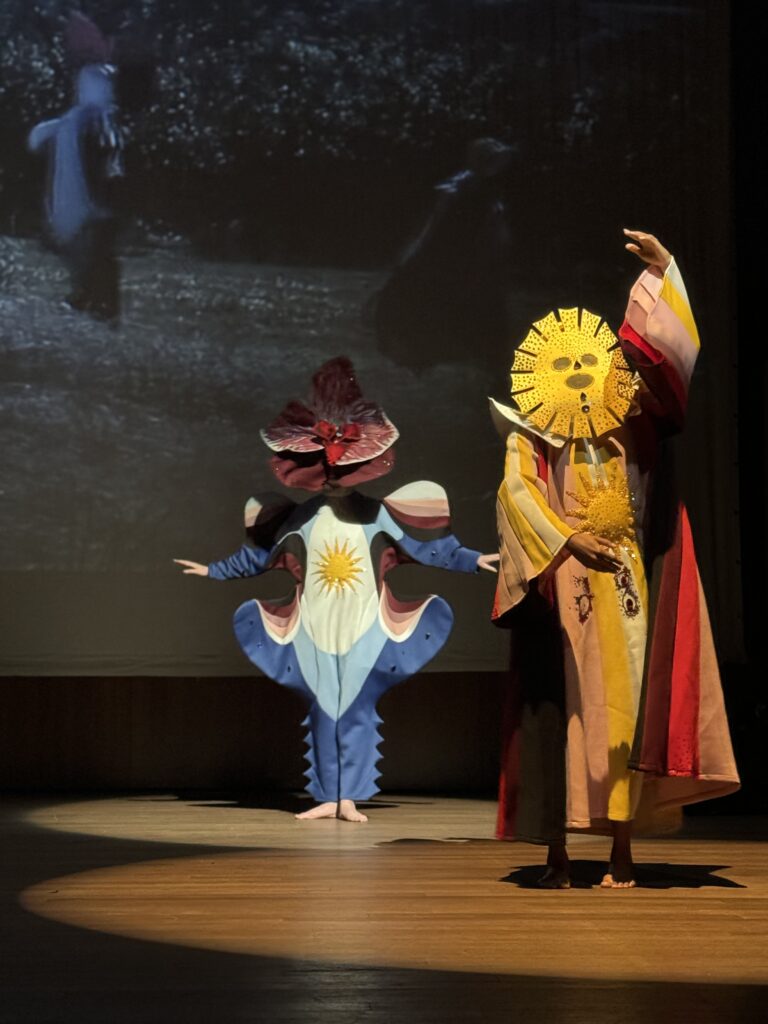
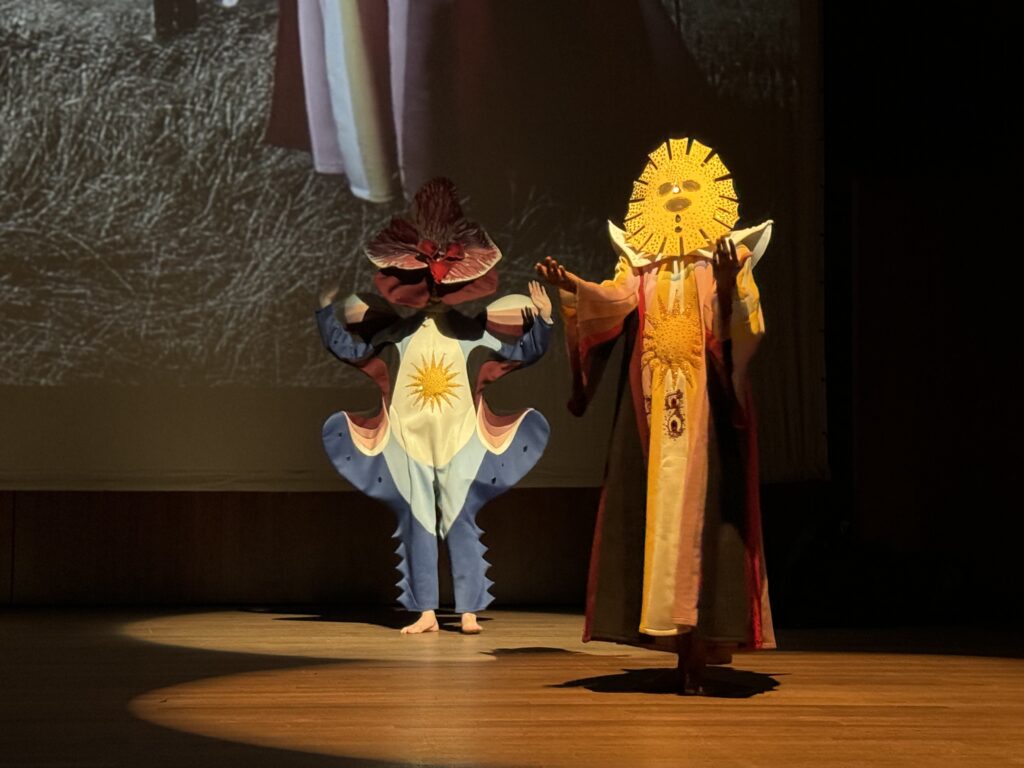
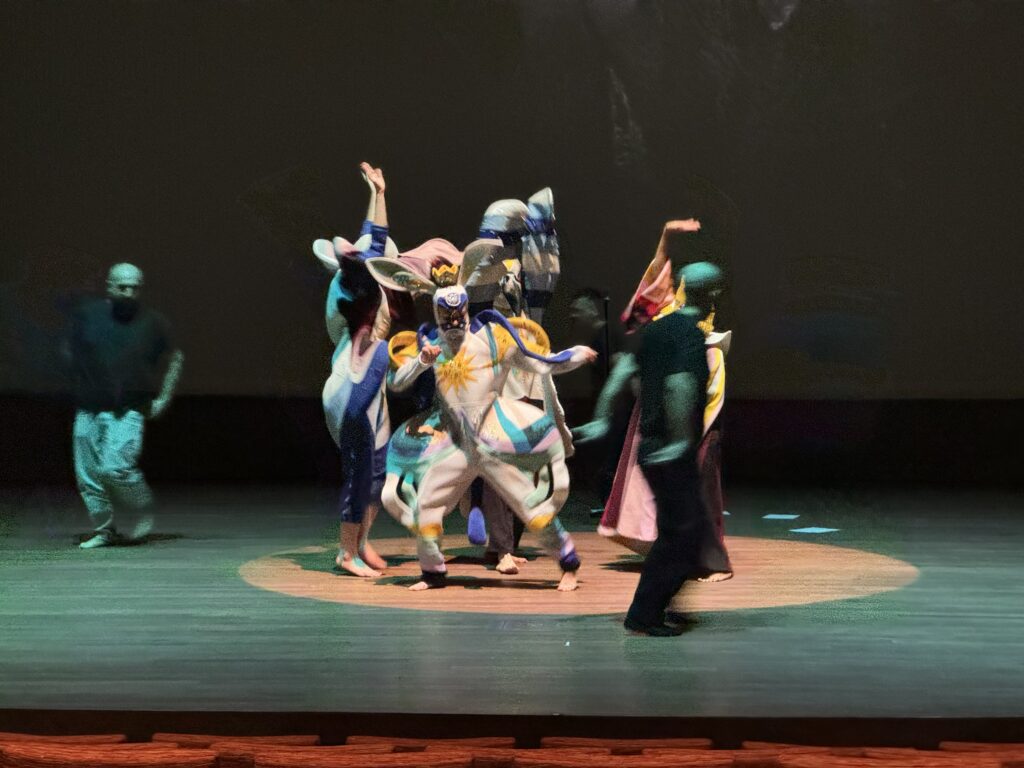
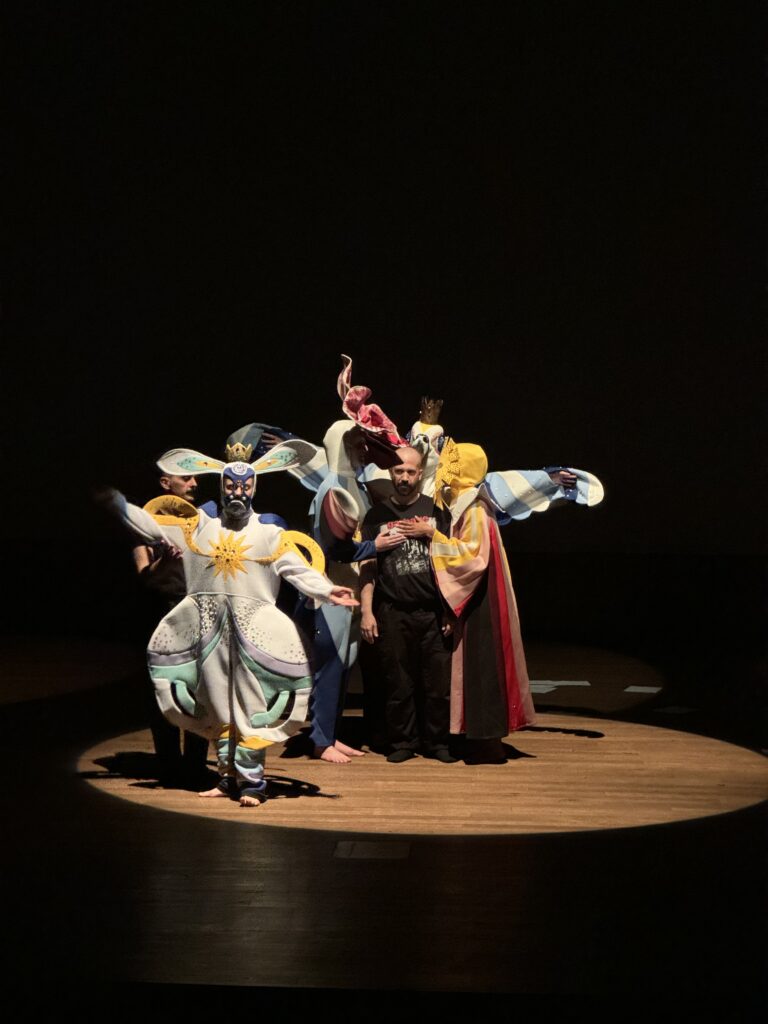
This symposium brought Chicago-based artist Nick Cave into dialogue with the Tbilisi, Georgia-based experimental performance group CHAOS (Uta Bekaia, Levani, and Lucas de Lima). Both Cave and CHAOS interrogate race, ethnicity, gender, and sexuality through the mediums of performance and wearable art. Like Cave’s famous Soundsuits, CHAOS’s performances feature elaborate sculptural costumes that engage with a variety of natural and urban ecologies. At once manipulating the scale of the human form and repurposing discarded materials, these wearable sculptures challenge the boundaries, optics, and intimacies surrounding both the body and identity politics.
The program included a live performance by CHAOS followed by a screening of Cave’s film Here, shot in Detroit on the occasion of his 2015 exhibition Hear, Here at the Cranbrook Art Museum. Afterward, CHAOS and Cave joined Leah Feldman, Hoda El Shakry and Rikki Byrd for a discussion about performance and material culture in relation to forms of embodied resistance.
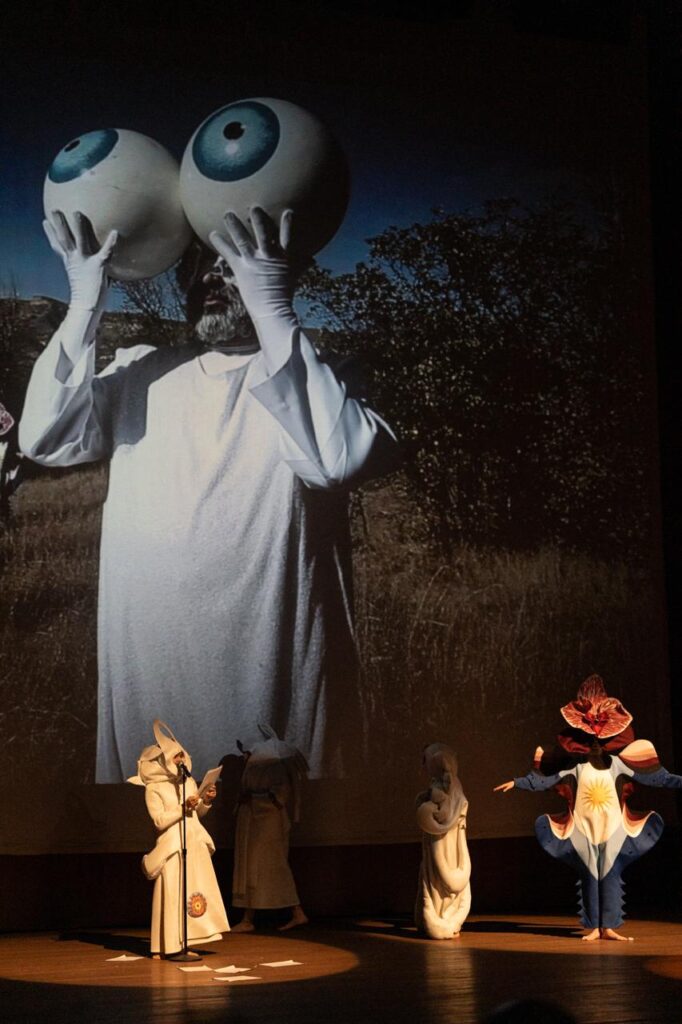
Photo by Max Herman
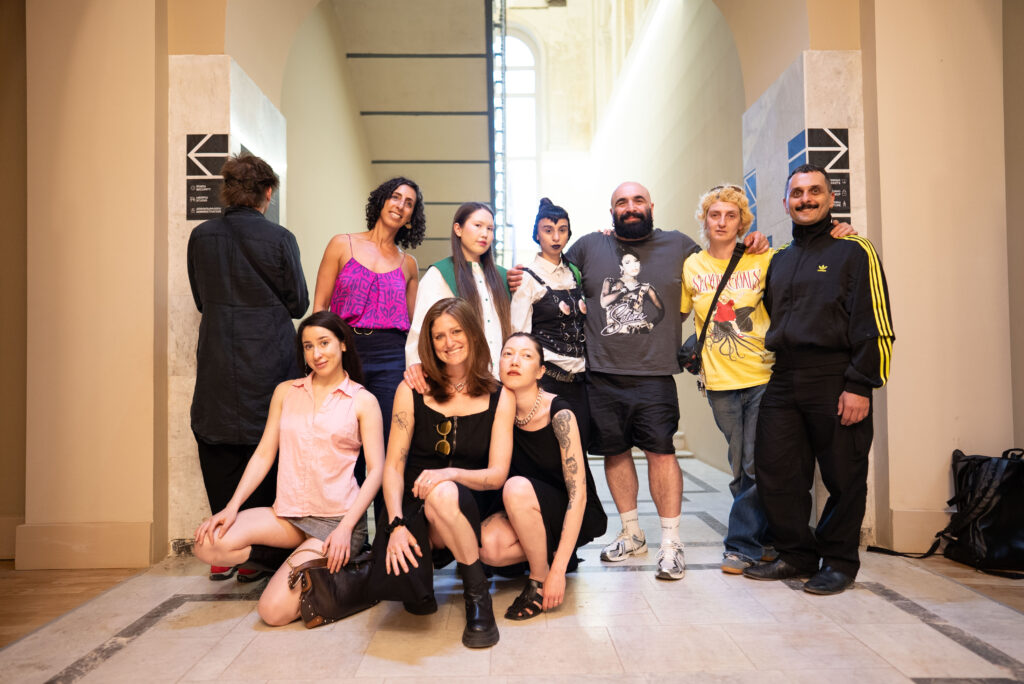
The Costumes and Collapse collaborative research residency was sponsored by the Neubaeur Collegium and the Ria Keburia Foundation in Kachreti Georgia
Costumes and Collapse Preview at The Silk Museum | Tbilisi, April 2025
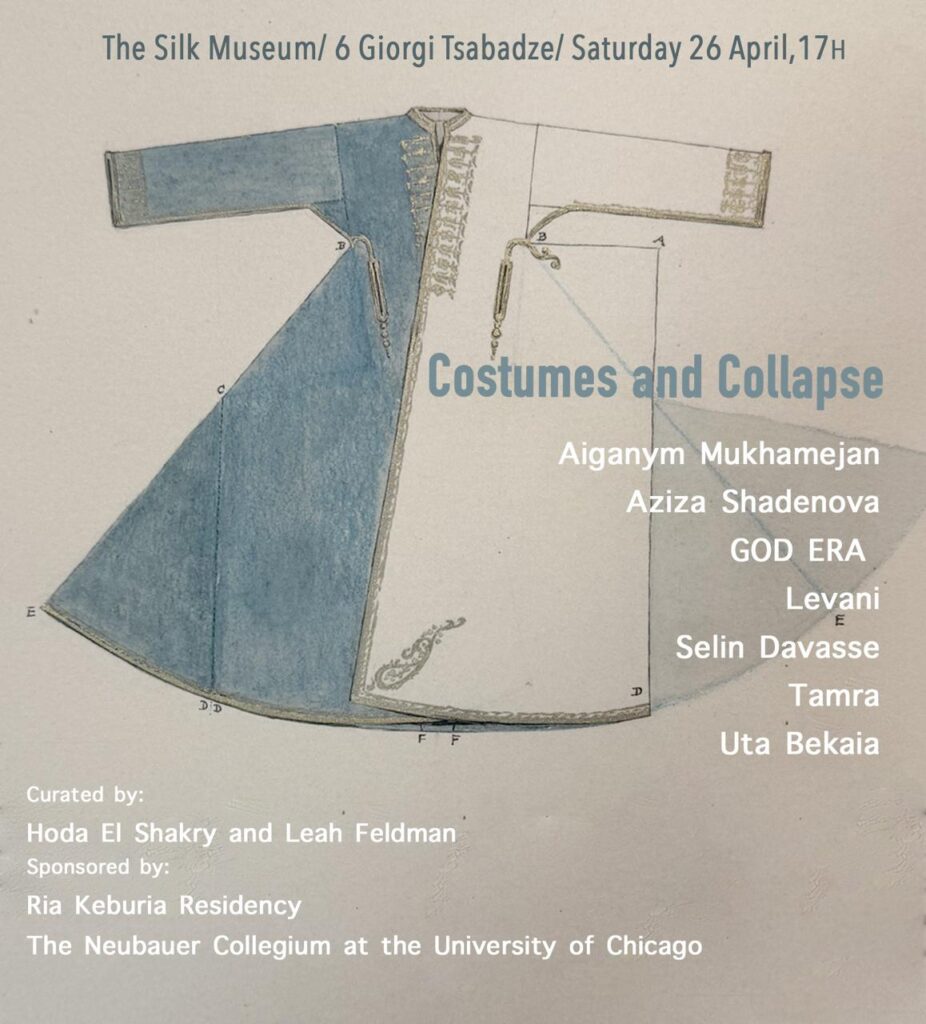
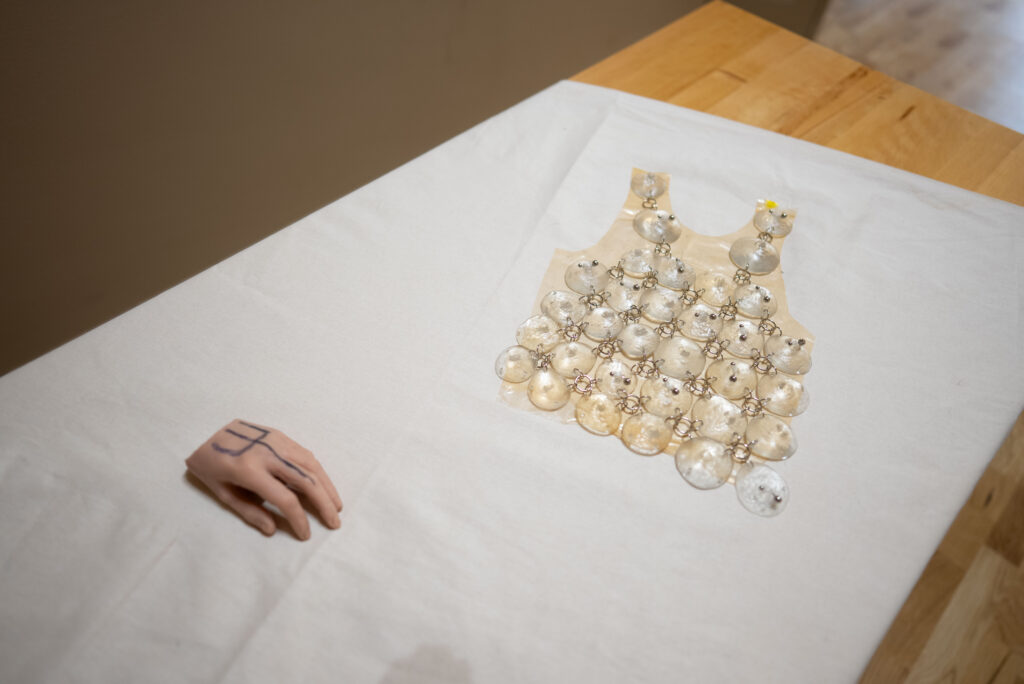
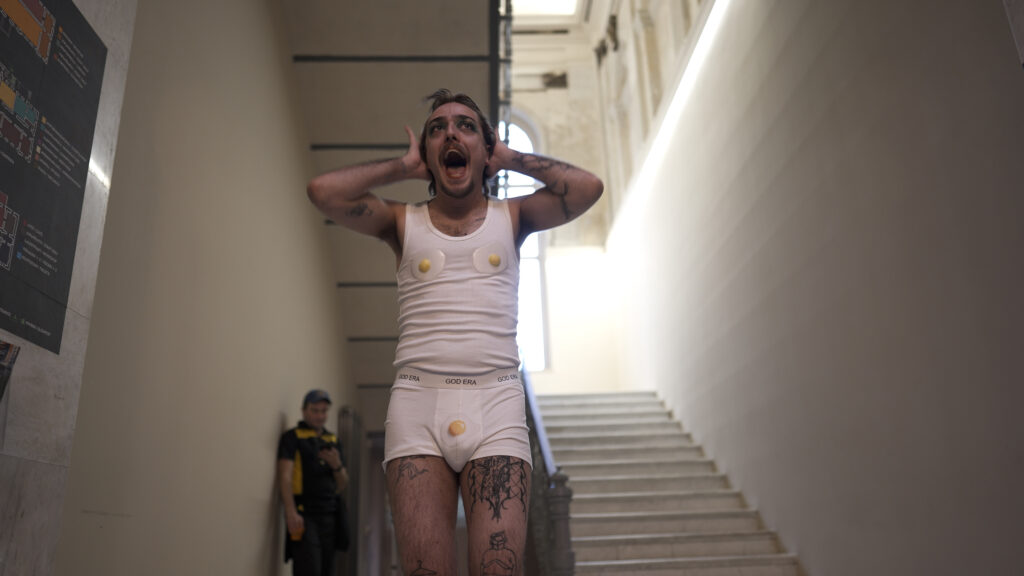
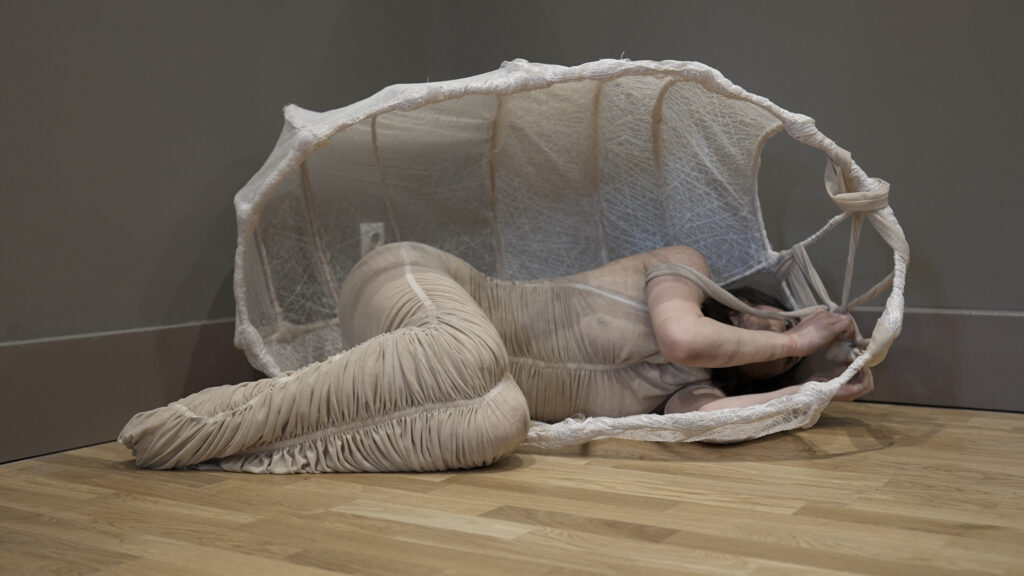
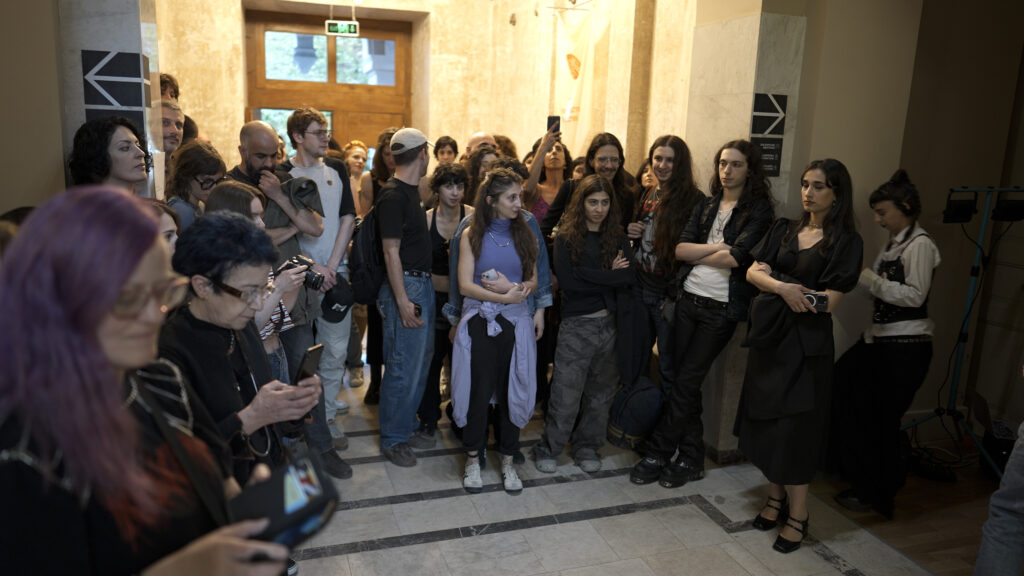
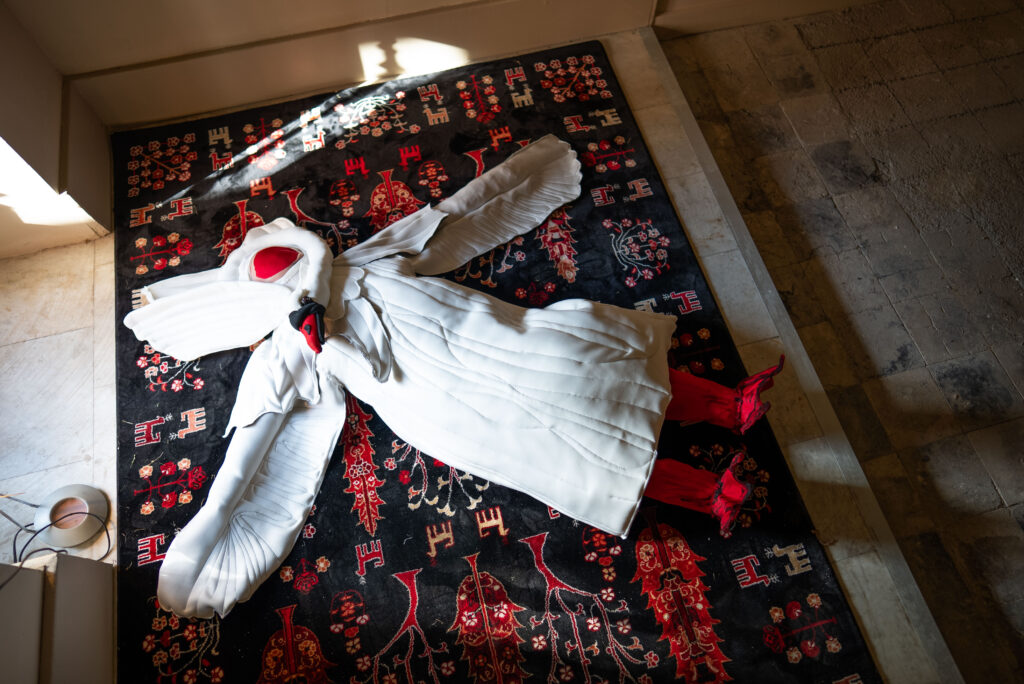
This exhibition explored how textiles and wearables refashion our relationship to imperial, social and environmental collapse. Inspired by Max Tilke’s ethnographic illustrations of the Caucasus and Central Asia, which catalogued imperial ethnographic dress, the show intervenes in this orientalist legacy by reimagining costumes as active sites of political resistance through masking, disguise, and subversion.
Video by Dato Koridze
